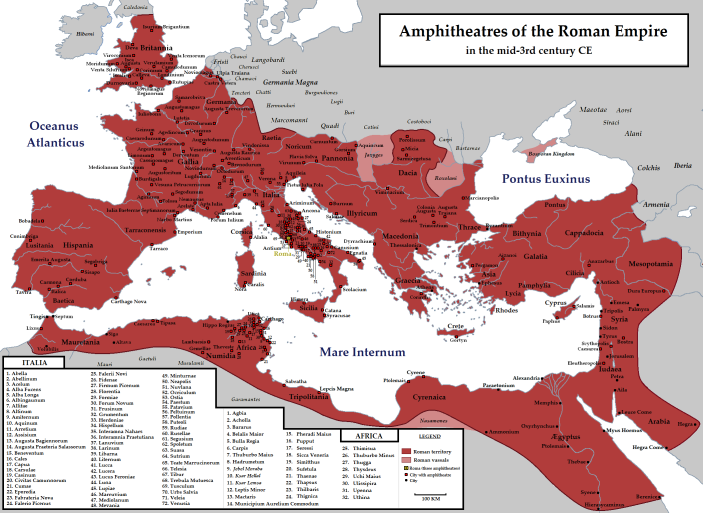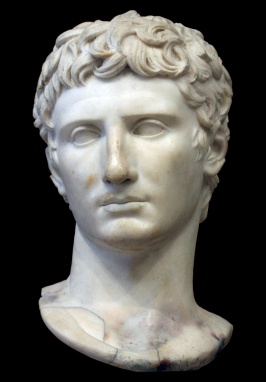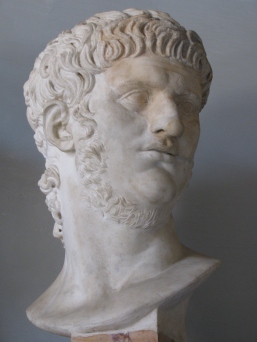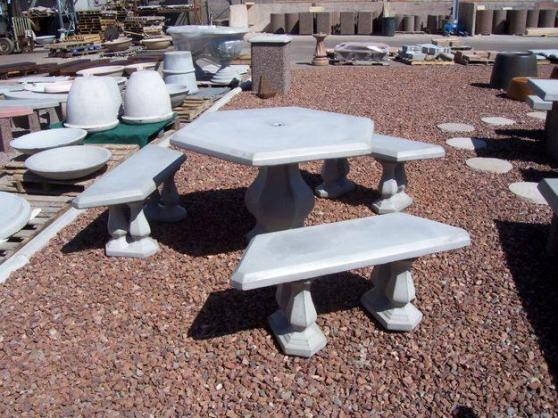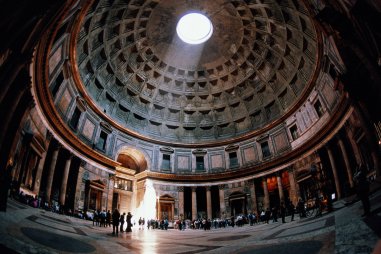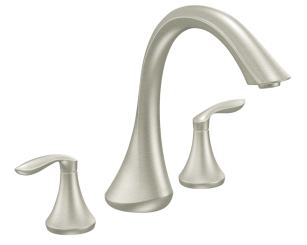Rome has conquered throughout centuries with great might. With each emperor came new discoveries and new innovations, with which Rome rose to be one of the greatest civilisations on Earth. Each emperor left a legacy behind, with which we can decode through the many remains that can be found everywhere in, around and under Rome.
Rome was a thriving city with one million inhabitants. One factor which contributed to such a large population in one concentrated area was water. Water for many years was brought up from a neighbouring river but as the population grew the river got more and more contaminated which resulted in a catastrophe. Emperor Augustus knew that there are sources of fresh water outside Rome and wanted to devise a pan how he can bring it to the city. This is where the aqueducts where designed and built. The aqueducts where built in a series of arches from the source and gradually the arches where reduced to create a gradual decline all the way to Rome, this was done so gravity will carry the water where it is needed. When they were completed water was plentiful to all who lived in Rome.
Another discovery in the rein of emperor Nero was concrete, which nowadays we take it fore-granted and use it for everything; from architecture to sculpture, etc… Before concrete was discovered Romans used to use mortar and brick to build. Mortar was made out of sand, which did not give much rigidity. After the great fire of Rome, were seventy percent of buildings where eradicated by fire, a lot of debris has been left which had to be cleared away. This is when builders through experimentation and luck mixed the debris in the mortar and created a very strong substance which got known as concrete. Builders continued to experiment with this material and found out if one mixes lava rock it would make premium concrete.
We currently make use of concrete in a wide variety of applications from constructions to product design, a good example of which are the outdoor concrete benches and table seen above.
Upon discovery the emperor was delighted and created new monuments with this material. One of the great structures that still stands today, and which used extensive amount of concrete is the Pantheon.
The Pantheon is made out of a drum and dome. The entrance has a resemblance to the Parthenon. The Pantheon is a great feat of engineering from the bottom to the top but the true marvel of this architecture is the dome. It was constructed out of non reinforced concrete. To prevent from the dome to cave in as they built it the lightened the mixture of the concrete. Some say that the Pantheon was a test to haw far the Roman engineering could go as from the front one can see a second triangular mark which should suggest the original ceiling height, which some scholars argue that this is evidence that the building was finished in a hurry and did not meet its original plans.
Rome is an ever-changing city. To this day deconstruction and reconstruction play a major fact in the cities development. It has also served as a model for future engineers that saw Rome as a true inspiration and continued to further their discoveries through the centuries.
A rendered stainless steel faucet designed from inspirational forms and curves from past Roman designs in columns and buildings.
The Romans used their open minded approach to solve problems that previously were not even considered problems because they had not known solution. I can adopt the same approach when designing products that could have problems that need an innovative solution.
Bibliography:
